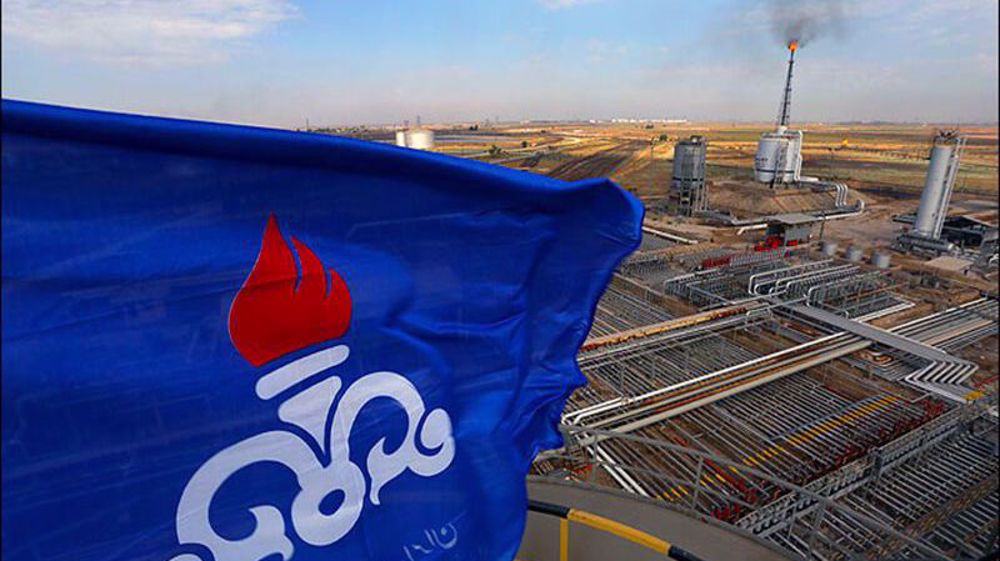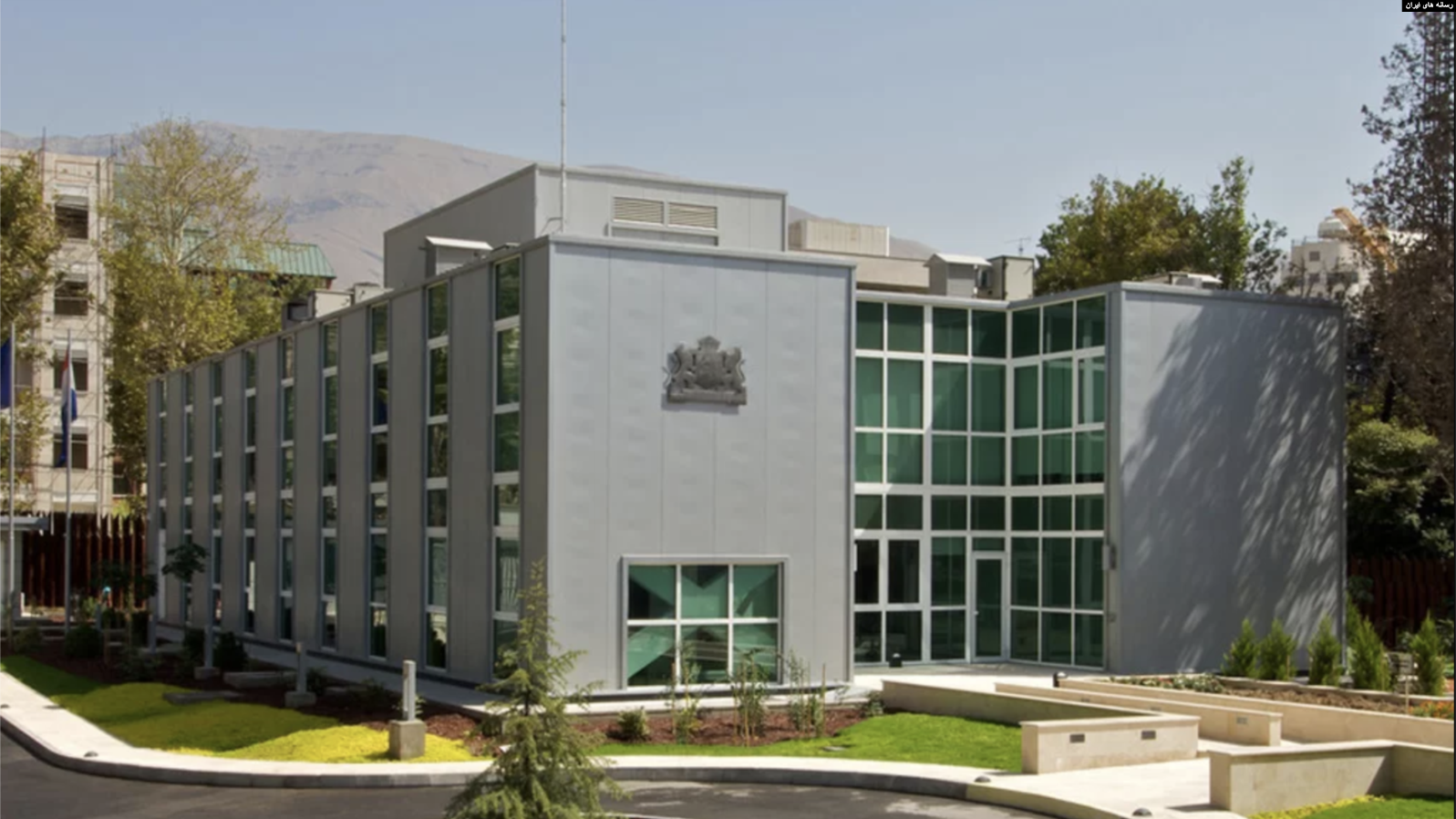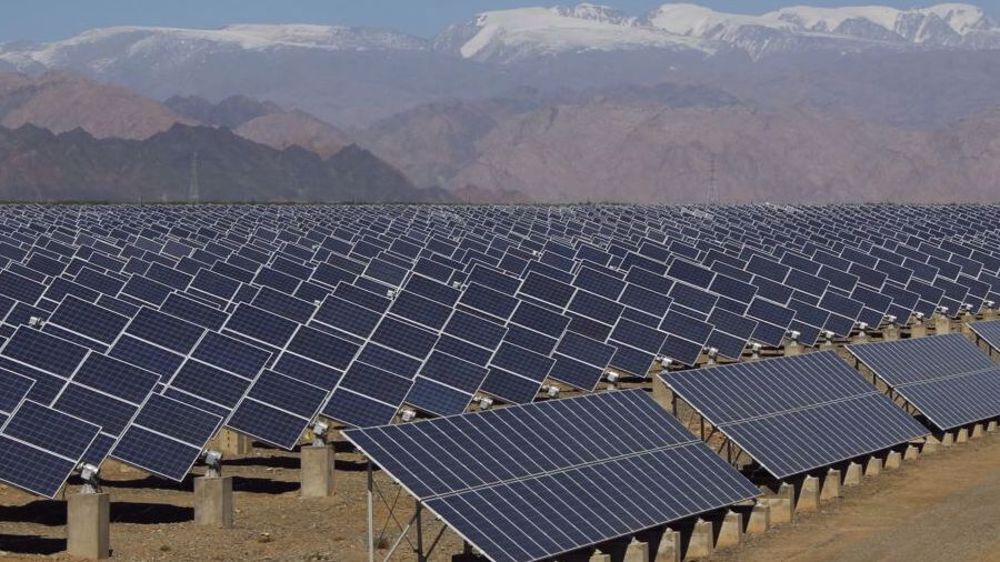Iran expects India to seal Farzad B by Sept.
An Indian delegation will visit Tehran this week to discuss the “financial investment model” for development of the vast Farzad B gas field.
Managing Director of Pars Oil and Gas Company Ali-Akbar Shabanpour said he hoped negotiations between the two sides will conclude by September, the IRNA news agency reported.
Indian media reports have already said they expected the two countries to seal “development, financial and commercial” terms of the project latest by October.
A consortium led by New Delhi-based ONGC Videsh discovered Farzad B in the Farsi offshore block in 2008, but it abandoned its development after the West intensified sanctions on the Islamic Republic in 2012.
Last year, ONGC Videsh submitted a $3 billion field development plan to Iran to develop Farzad B after the West lifted sanctions under a nuclear agreement. The field is estimated to hold in-place gas reserves of 12.5 trillion cubic feet, with a lifetime of 30 years.
The Indians seek to produce one billion cubic feet of natural gas a day in the first phase as the government is strategically securing multi-billion dollar energy deals overseas.
Indian Oil Minister Dharmendra Pradhan visited Tehran in April to push for state-run firms to win development rights for Farzad B.
Iran holds the world’s largest gas reserves estimated at 1.2 trillion cubic feet (34 billion cubic meters) but is not a major exporter yet. Turkey is Iran’s only significant customer, importing bout 10 billion cubic meters of gas a day.
Gas exports to Iraq
Iraq is currently the other serious client of the Iranian gas. On Monday, the head of the National Iranian Gas Company (NIGC) said Iran’s gas exports to Iraq will begin next month after several dates for starting the transfer have been pushed back.
Under a contract signed in 2013, Iran is about to feed gas to three power generation plants in Baghdad and Diyala but exports have yet to begin.
Mainly security issues have hindered the start of the gas flow, with NIGC Managing Director Hamid Reza Araqi not saying Monday whether those problems had been sorted out.
The 270-kilometer gas pipeline goes through the volatile Diyala province to feed a power plant nearby before stretching to Baghdad, where it branches into two lines there to supply two more power stations.
“In the first phase, the gas exported by Iran will be transferred to the Baghdad plant to ease up the facility’s need for fuel and allow it to continue to operate,” Araqi said in remarks published by the ISNA news agency.
In 2017, Iran will also begin gas exports to the Iraqi port city of Basra near the Iranian border through a separate pipeline to feed another power plant there.
“At the beginning, we will export 7 million cubic meters of gas daily to Iraq but ultimately, gas exports to the country will reach 70 million cubic meters per day,” Araqi said.
The two gas pipelines, with the throughput from Iran’s massive South Pars field, will help Iraq significantly boost electricity supplies.
Iraq has a power shortfall of some 5,000 megawatts on its existing national grid in a country of sweltering summers where temperatures zoom past 50 degrees Celsius.
VIDEO | Press TV's news headlines
Israel to let displaced Palestinians return to north Gaza
Israel-Lebanon ceasefire extended till February 18
VIDEO | 'We will not leave our land to Israel'
Trump orders sanctions on Colombia after Petro blocks deportation flights
VIDEO | Israeli violation of ceasefires
Iran's IRGC Aerospace Force unveils ‘Gaza’ super-heavy drone
VIDEO | Switzerland arrests Palestinian-American journalist Abunimah










 This makes it easy to access the Press TV website
This makes it easy to access the Press TV website